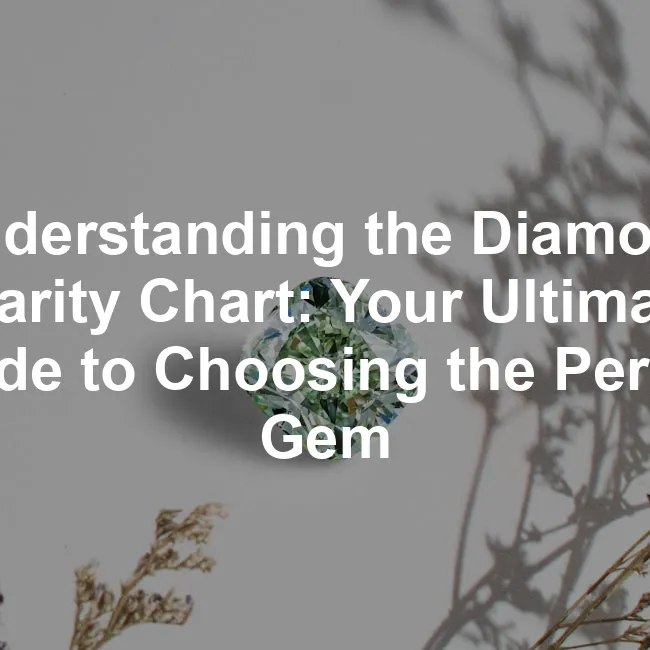Introduction
In the dazzling universe of diamonds, clarity stands as a key player. It can truly make or break your engagement ring—or any piece of fine jewelry, for that matter. But what does “clarity” mean, and how does it influence the sparkle of your precious gem? If you’ve ever found yourself tangled in a web of diamond terminology, you’re not alone!
Clarity is all about imperfections. Every diamond has some, whether it’s a pesky inclusion or a blemish. These tiny imperfections can either enhance the uniqueness of the stone or detract from its overall beauty. Imagine spotting a tiny cloud or a feather within your diamond; it’s like finding a hidden treasure! However, don’t let these terms intimidate you. With a sprinkle of knowledge, you can navigate the diamond clarity chart like a seasoned pro.

Understanding the diamond clarity chart can greatly enhance your shopping experience.
The clarity scale is your compass in this sparkling journey. It ranges from “Flawless” (FL) to “Included” (I3). The higher the clarity grade, the fewer visible imperfections. Flawless diamonds are rare gems that shine like the sun, but they come with a hefty price tag. On the other hand, diamonds with lower clarity grades can still be breathtakingly beautiful, often at a friendlier price.
So, how do inclusions and blemishes form? Picture this: diamonds are born deep within the Earth, subjected to intense heat and pressure. As they form, they can trap tiny minerals or gases, leading to those charming imperfections we often overlook. And while flawless diamonds may seem like the ultimate goal, many people find beauty in the story behind each inclusion.
Let’s not forget the importance of the diamond clarity chart in your shopping quest. Understanding clarity helps you make informed choices that align with your preferences and budget. Whether you’re looking for a ring that will leave your loved one speechless or a piece that reflects your personal style, clarity plays a pivotal role.
In this guide, we’ll illuminate the diamond clarity scale and arm you with all the essential knowledge. By the end, you’ll not only understand clarity but also feel confident in selecting the perfect diamond that embodies your love story. So, grab a cup of coffee, get cozy, and let’s unravel the mystery of diamond clarity together!

What is Diamond Clarity?
The Basics of Clarity
Diamond clarity refers to the presence of imperfections, known as inclusions and blemishes. It holds a pivotal role among the 4 Cs of diamonds: Cut, Color, Clarity, and Carat weight. Each C contributes to a diamond’s overall quality and value. Clarity specifically assesses the internal and external flaws of a diamond, impacting its brilliance and appeal.
Gemologists are the experts who grade diamond clarity. They use a 10x magnification tool to examine each stone closely. This detailed inspection allows them to determine the presence, size, nature, and position of any inclusions or blemishes. The grading process is meticulous and often involves multiple gemologists to ensure accuracy. Their assessments help consumers understand the quality of the diamonds they’re considering.
Diamonds can range from “Flawless” (FL) to “Included” (I3) based on their clarity. A flawless diamond boasts no visible imperfections under magnification, making it a rare find. As you move down the clarity scale, inclusions become more apparent, affecting the diamond’s value. Understanding these grades helps shoppers choose wisely, balancing quality with budget.

Inclusions vs. Blemishes
Inclusions and blemishes are both types of flaws found in diamonds, but they differ in location. Inclusions are internal defects that occur during the diamond’s formation. These may include tiny cracks, un-crystallized carbon, or bubbles trapped within the gemstone. Think of them as the diamond’s unique fingerprint. Some common types of inclusions are feathers, which resemble tiny lines, and clouds, which appear as hazy areas within the stone.
On the other hand, blemishes are surface imperfections. These flaws can arise from the cutting and polishing process or natural occurrences. Scratches, chips, and pits are typical examples of blemishes. Though blemishes are usually less impactful than inclusions, they can still affect a diamond’s appearance and value.
For instance, a diamond with a notable scratch on its surface might not sparkle as brightly as one with fewer blemishes. Understanding the difference between these flaws is crucial for making informed decisions when selecting a diamond. After all, each inclusion and blemish tells a story, adding character to your gem. So, whether you prefer a diamond with a few minor flaws or one that’s nearly perfect, it’s all about what resonates with you!

To aid in your diamond selection process, consider investing in a Loupe Magnifying Glass. This handy tool allows you to examine diamonds closely, revealing their unique inclusions and blemishes. It’s like having a diamond detective at your disposal!
The Diamond Clarity Scale Explained
Overview of the GIA Clarity Scale
The Gemological Institute of America (GIA) clarity scale helps you understand the clarity of diamonds. This scale ranges from Flawless (FL) to Included (I3). Each grade reflects the presence of imperfections, also known as inclusions and blemishes.
Flawless diamonds are rare. They have no inclusions or blemishes visible under 10x magnification. Think of them as the unicorns of the diamond world! On the other end, we have Included diamonds. These stones have noticeable imperfections that can affect their brilliance.
To keep your diamond looking its best, consider a Jewelry Cleaning Kit. Regular cleaning can help maintain your diamond’s sparkle and brilliance, ensuring it shines brightly for years to come.
The GIA scale is crucial for anyone shopping for diamonds. It helps buyers evaluate quality and price. For instance, a Flawless stone might sparkle like the sun, but it also comes with a high price tag. In contrast, an Included diamond can still be stunning without breaking the bank.
Consider this: many people appreciate diamonds with slight inclusions. They tell a story and add character to the gem. Visual aids can help here! Imagine a chart displaying each grade with images of diamonds, showcasing their clarity levels. This way, you can see the differences between each grade visually.

Detailed Breakdown of Each Clarity Grade
Flawless (FL) and Internally Flawless (IF)
Flawless diamonds are the crème de la crème! They are free of any inclusions or blemishes under 10x magnification. This grade is rare and highly sought after, making them a prized possession in any jewelry collection. Internally Flawless diamonds (IF) have no internal imperfections but may have minor surface blemishes. They are still exquisite, just a tad less hard to come by.
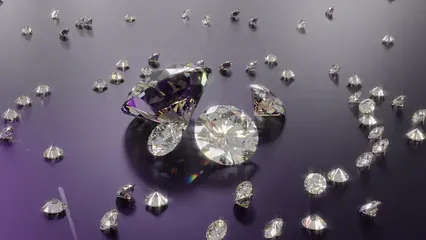
Very Very Slightly Included (VVS1/VVS2)
Now, let’s move slightly down the scale to VVS1 and VVS2. These diamonds have minute inclusions that only a skilled grader can spot under 10x magnification. They’re like the secret agents of the diamond world—hard to find and even harder to catch! VVS diamonds maintain a high price point due to their rarity and beauty.
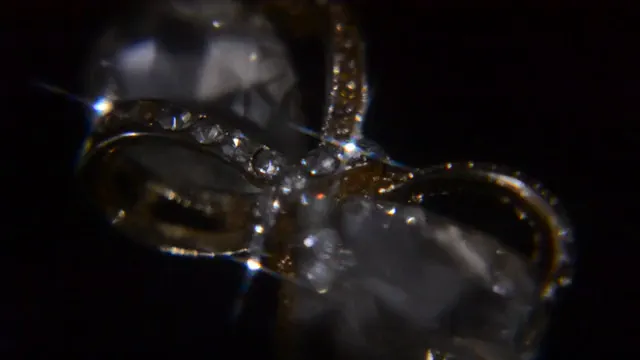
Very Slightly Included (VS1/VS2)
Next up are the VS1 and VS2 grades. These diamonds have minor inclusions that are visible under 10x magnification. However, they usually don’t impact the diamond’s beauty significantly. Many people gravitate towards VS diamonds because they strike a balance between quality and affordability.

Slightly Included (SI1/SI2)
Let’s talk about Slightly Included diamonds (SI1 and SI2). These diamonds have noticeable inclusions, but here’s the good news—they can often appear eye-clean. This means that from a distance, they look stunning! They offer great value for your money. Many couples choose SI diamonds for engagement rings, as they provide a beautiful sparkle without the hefty price tag.

Included (I1/I2/I3)
Finally, we reach the Included diamonds (I1, I2, and I3). These stones have clear inclusions that might be visible to the naked eye. While they can compromise the overall brilliance, they can still be lovely choices for those on a budget. Just remember, the lower the clarity grade, the more noticeable the imperfections will be.

In conclusion, understanding the diamond clarity scale is essential for anyone looking to purchase a diamond. Each grade offers unique characteristics that reflect the stone’s beauty and value. Whether you prefer the pristine nature of a Flawless diamond or the charming character of an Included one, there’s a perfect diamond out there for everyone!
How Clarity is Measured
Factors Affecting Clarity Ratings
When you’re on the hunt for the perfect diamond, clarity is a key player in the game. But how exactly do gemologists determine clarity ratings? Let’s break it down!
First off, size matters! The larger the inclusion or blemish, the more it impacts the clarity grade. Think of it as a spotlight on a stage. If a flaw is big enough, it steals the show! Next, we have the nature of these imperfections. Inclusions are internal, while blemishes are external. Each type plays a role in how the diamond sparkles.

Now, let’s talk about numbers. The more inclusions a diamond has, the lower its clarity grade. It’s like a math test where fewer mistakes score you a better grade. But the position of these flaws matters too! Inclusions near the center are more noticeable compared to those close to the edges. Finally, relief refers to how distinct an inclusion is against the diamond’s surface. A high relief makes a flaw stand out like a sore thumb!
Gemologists use a magnification of 10x to grade diamonds. This allows them to spot even the tiniest imperfections. It’s like having superhero vision, right? They inspect the diamond from multiple angles to ensure accuracy. This grading process guarantees you know what you’re getting when you buy a diamond.
Practical Tips for Evaluating Clarity
Ready to shop for your diamond? Here are some tips to keep in mind!
1. Know Your Preferences: Determine what’s most important to you. Do you want a flawless diamond, or are you okay with minor inclusions?
2. Eye Clean Diamonds: Look for diamonds that appear eye clean. This means that inclusions are not visible without magnification. It’s a smart choice to save some cash while still snagging a beautiful stone!
3. Use a Loupe: When you’re shopping, ask to see the diamond under a magnifying loupe. This handy tool helps you identify any visible inclusions or blemishes.
4. Consider the Setting: Sometimes, the type of setting can help mask minor flaws. For instance, a prong setting can cover up a blemish, allowing the diamond to shine brighter.
5. Educate Yourself: Familiarize yourself with the clarity scale. Understanding what each grade means helps you make informed decisions.
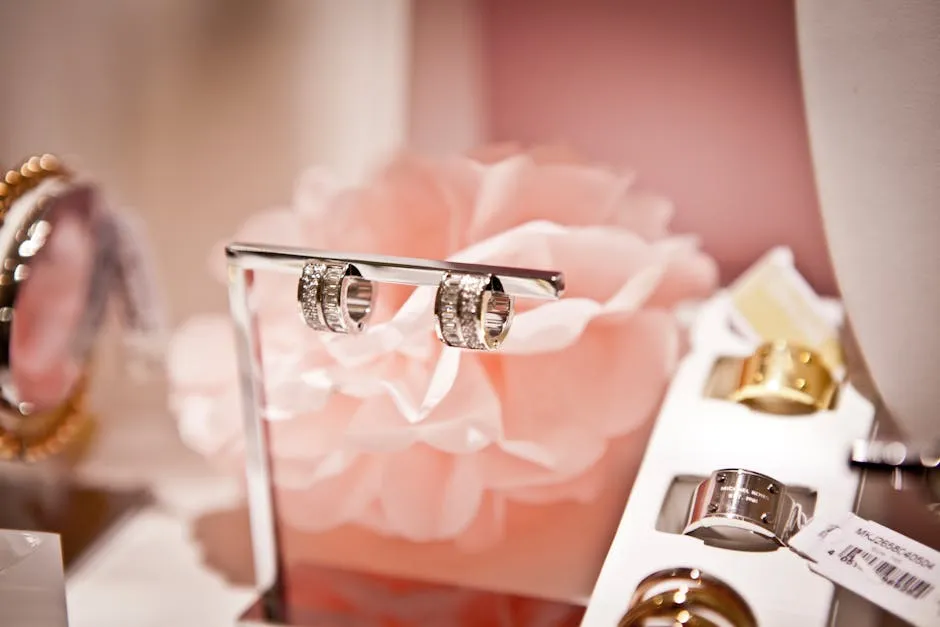
With these tips, you’ll be well-equipped to choose a diamond that matches your style and budget!
The Relationship Between Clarity and Other Diamond Qualities
Clarity vs. Color
Clarity and color are like peanut butter and jelly—they complement each other! When selecting a diamond, these two qualities work hand in hand to create the overall appearance. A clear diamond can enhance a diamond’s color, making it appear more vibrant.
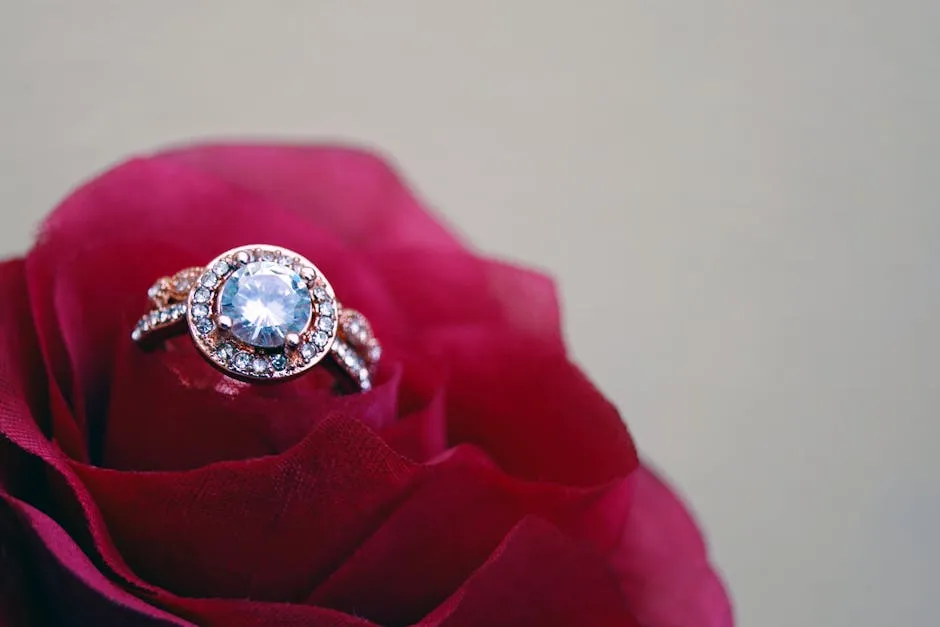
However, if you’re prioritizing clarity, be cautious! A high clarity diamond with a yellow tint may not sparkle as much as a slightly included stone with excellent color. It’s all about balance. A good rule of thumb is to aim for a clarity grade that doesn’t compromise the color. A diamond with a VS or SI clarity grade can still look stunning while offering a lovely color.
Clarity and Cut
Now, let’s chat about cut. The cut of a diamond isn’t just about its shape—it’s also about how the stone reflects light. A well-cut diamond can mask inclusions, making them less noticeable. For example, princess and round cuts are known for their brilliance and can effectively hide minor flaws.
On the flip side, certain shapes like emerald or Asscher cuts showcase clarity more clearly. These cuts have fewer facets, which means they require higher clarity grades to look their best. So, if you’re eyeing one of these cuts, consider opting for a diamond with better clarity.
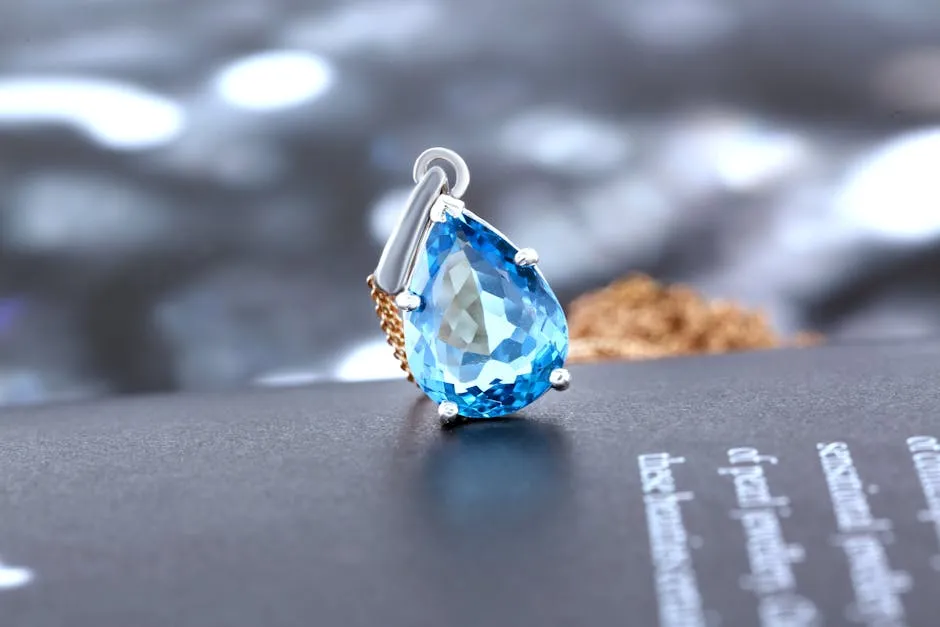
To showcase your stunning diamond, consider investing in a beautiful Engagement Ring Box. A stylish box not only protects your ring but also adds an element of surprise when you pop the question!
In conclusion, understanding the relationship between clarity, color, and cut is essential for finding a diamond that dazzles. With the right knowledge, you can select a gem that embodies your unique style while making sure it shines bright!
Conclusion
Choosing the right diamond is like picking the perfect outfit. You want it to sparkle, shine, and reflect your unique style. Understanding clarity is key in this dazzling decision-making process. The diamond clarity chart is your trusty guide, helping you navigate the seas of inclusions and blemishes.
When you grasp the intricacies of clarity, you empower yourself to select a diamond that complements your budget and personal flair. Remember, clarity ratings range from Flawless to Included, showcasing the diamond’s unique character. Flawless diamonds are rare gems, but that doesn’t mean diamonds with inclusions lack beauty.
In fact, some imperfections can add charm and uniqueness to your stone. Think of them as little love notes from Mother Nature! So, don’t shy away from diamonds in the SI or VS categories. They often offer fantastic value while still looking stunning.
As you embark on your diamond quest, keep in mind that the journey itself can be just as precious as the gem you choose. Embrace the learning process. Ask questions, inspect closely, and enjoy discovering the perfect stone that captures your heart.
In the end, your ideal diamond is waiting, ready to twinkle with every glance. Whether it’s for an engagement, a gift, or just a personal treat, trust your instincts. Armed with knowledge and curiosity, you’ll find a diamond that resonates with your story. So go ahead, let that sparkle shine bright!
FAQs
What is the best clarity grade for a diamond?
The best clarity grade is typically “Flawless” (FL). However, “Internally Flawless” (IF) and “Very Very Slightly Included” (VVS1/VVS2) are also excellent choices. They offer high quality without the ultra-rare price tag.
Can you see inclusions without magnification?
It depends on the diamond’s clarity grade. Diamonds rated as SI1 or lower may have visible inclusions to the naked eye, while higher grades are usually eye-clean and require magnification to spot any flaws.
How does clarity affect a diamond’s value?
Clarity significantly impacts a diamond’s value. Higher clarity grades mean fewer visible imperfections, leading to a more brilliant and appealing stone. Generally, the clearer the diamond, the higher its price.
Is it worth buying a higher clarity diamond?
If your budget allows, investing in a higher clarity diamond can be worthwhile. It enhances the diamond’s brilliance and longevity. However, many find beautiful options in lower grades that still appear stunning.
Are SI diamonds a good choice?
Absolutely! Slightly Included (SI) diamonds can be fantastic options, especially if they are eye-clean. They provide a balance of beauty and affordability, making them popular among savvy shoppers.
To enhance your jewelry collection, consider adding a Customizable Name Necklace. It’s a trendy way to showcase your personality or celebrate someone special!
Please let us know what you think about our content by leaving a comment down below!
Thank you for reading till here 🙂
All images from Pexels

